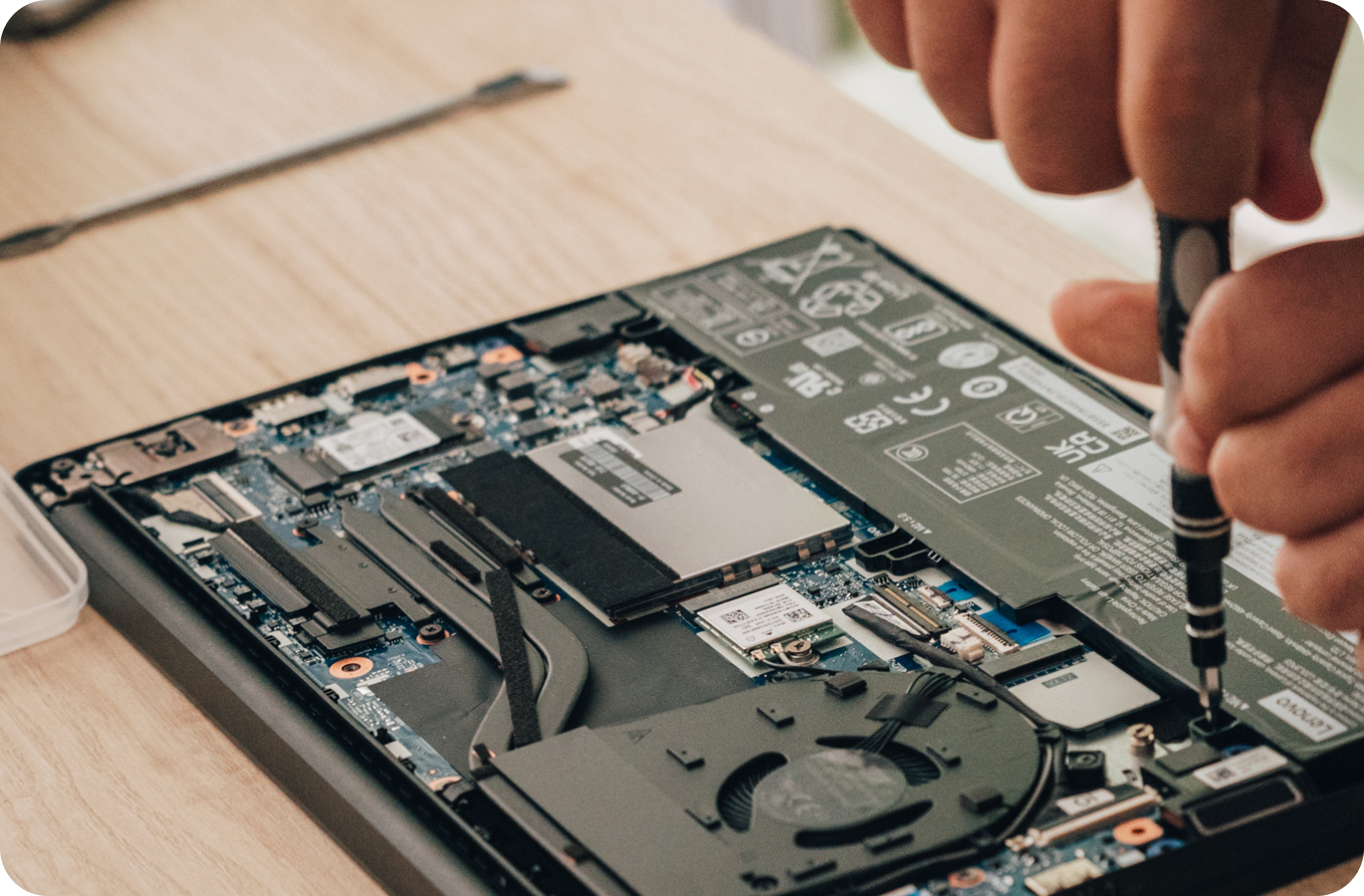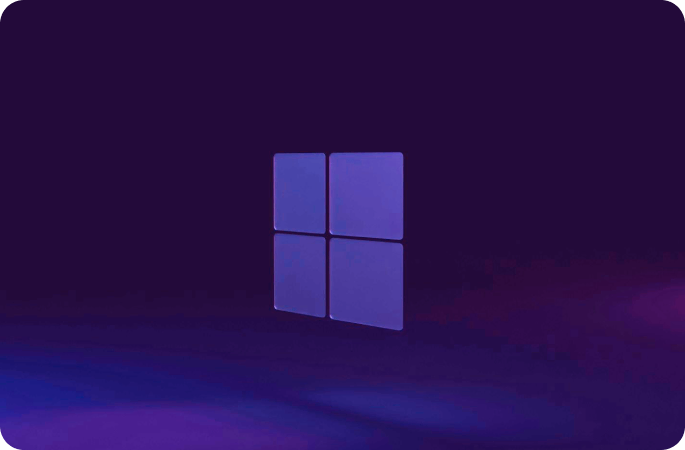IT x HR: How to facilitate this collaboration, which is crucial for your performance?

Discover our all-in-one solution
I am delighted to talk to you today about my experience with relationships between IT and HR departments in the startups and scaleups that we work for on a daily basis.
I hope that my feedback can inform your decisions concerning this important driver of your company's performance, especially if you are in a phase of rapid growth! 📈
Onboarding: teamwork between HR and IT 🤝
In the life of an employee in your company, after the recruitment phase comes theOnboarding.
The new recruit is taking advantage of this key period to:
- get to know your teams;
- take ownership of your business premises;
- discover internal procedures and means of communication...
- and so much more!
In reality, theOnboarding is a process that consists of many steps, all important for the successful and smooth integration of your new collaborators.
And what we want to avoid at all costs is that the IT part of onboarding does not make you waste time or force you to manage emergencies... Especially since the rest of onboarding is very dependent on the rapid provision of the necessary computer equipment!
But Who is in charge of this onboarding phase?
An employee's first point of contact with your company is the Human Resources department. Its role is to manage employees and to ensure that they have the tools and the framework to be effective and fulfilled in their role. 🦾
For its part, the IT department is responsible for managing the information system and therefore the computers, accesses and software used by the company.
There is a domain on which both departments need to work together : the workstation. This includes:
- the hardware (computer, screen, mouse, office furniture, etc.);
- The softwares (office tools, ERP, CRM, etc.);
- And the bouts (for example, to Gmail, Slack, Notion, or many other tools).
The workstation is one of the guarantors of the productivity of your employees. It depends directly on IT, but also on HR in the case of onboarding.
So it's a bit complicated!

Between IT and HR: who does what? 🤔
So, between IT and HR, who does what in the diagram Traditional onboarding ?
But also:
- How does the transfer of information take place?
- How should the command for a new computer be triggered?
- Who takes care of it in practice, where and how?
- How much time in advance do you need to order a computer?
- Who defines the type of material, the budget allocated, and the required date of receipt of the material?
These numerous practical questions arise in most of the businesses we encounter. What I observe is that processes are often not well defined. 😣
The result? Everything is going well, as long as the team is small... But misunderstandings, frictions and losses of time quickly appear, as soon as the team grows.
And this is especially the case during hypergrowth phases!
What is needed to solve these problems is a tool that “guides” practice.
Focus on offboarding! 🛫
When an employee leaves, the IT department is not responsible for the recovery of the equipment, for legal reasons.
Indeed, offboarding must be managed by Human Resources, in order to guarantee the security of computer data and the good condition of the computer equipment. This is especially important during a conflictual departure.
However, until the IT team has physically recovered the hardware, it is difficult to know where and in what condition a specific computer is located! This can quickly turn into a headache.

IT & HR collaboration: 3 steps to improve processes

Step 1: Define areas of responsibility
I also want to draw your attention to the importance of smoother collaboration between IT and HR teams.
Concretely, this involves the precise definition of the areas of responsibility of each team.
A range of issues need to be openly and explicitly addressed and resolved, including the following:
- Who manages computer bills?
- Who is responsible for ordering new IT equipment, for this or that department?
- Which department takes care of equipment takeovers during offboarding?
This first step is fundamental for the rules to be defined and known by the whole team.

Step 2: Improve communication
IT and HR departments most often communicate with the usual communication tools provided by their company: email, Slack, Notion, Typeform, etc. ✉️
These tools are useful in many cases, but are not ideal for centralizing information about your computer equipment.
To do this, you need a dedicated solution designed specifically to manage this mission.
If your business uses a all-in-one computer asset management platform, like Rzilient, your teams almost no longer need to communicate on this subject. Everything is defined in advance, centralized and largely automated!

Step 3: Automate and centralize the management of the computer park
To organize themselves, many startups create templates, or sample orders, allowing teams to define their needs in terms of computer equipment. 📄
For example, a computer developer will receive a 16-inch Mac, with specific characteristics, or a web designer will benefit from a larger screen and a powerful graphics card.
It is generally the IT team that defines the performance of computers, according to the functions of the employees.
How to facilitate the purchase (or rental) of your computer equipment? Whether you work for HR or IT, you can create your product catalogs based on the profiles of your organization. And this, directly from our platform in the purchase interface! So, no more questions to ask yourself, your references are pre-filtered according to the profile of your next recruit. It's super simple!
You are going to tell me: and what about a simple Excel or Google Sheets file?
The problem with these files is numerous:
- reading errors;
- waste of time;
- overwriting important information by mistake;
- Forgetting to perform certain actions...
Information related to your computer equipment must be visible to the people who need it!

Why do we advise HR and IT teams to use the Rzilient platform?
The key advantage for your teams to use the Rzilient platform is to offer them a space to manage your computer equipment independently.
Whether on the HR side, IT or the departments themselves, any employee or manager is in a position to order the necessary equipment independently, if he has received prior authorization. ✔️
In addition to that, the catalog is pre-filtered according to the profile. There is therefore little risk of equipping it with underperforming or over-performing equipment.
Rzilient brings you peace of mind: you have a centralized view of arrivals and departures, computers in stock, their status and status (ready or not), etc.
You also save a lot of time during offboarding. The tool in fact allows you to effectively manage the closure of accesses (Slack, messaging and all other areas related to the IS).
I would like to take this opportunity to mention one last interesting aspect in using Rzilient: international deployment. A growing startup does not always have a dedicated IT team in each of the countries where it operates. Managing computer inventory on site can then be difficult. But not with Rzilient! With our platform, Anyone can manage a computer park, without having specialized IT skills.
In short, without Rzilient, the management of HR and IT coordination generates losses:
- money (poor stock management);
- of time;
- productivity (significant time to provide employees with the necessary tools).
.png)






